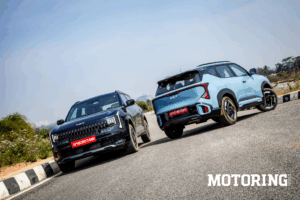Hydrogen cars, the auto world’s fuel debate topic, never ceases to amaze us at Motoring World. Opinions vary: some believe in the inevitability of hybrid and electric vehicles, while others remain loyal to ICE. However, hydrogen power isn’t often a strong argument. We wonder why…
Hydrogen was first identified by Henry Cavendish in the late 18th century, and Antoine Lavoisier named it “hydrogen” in 1783. Sir William Grove’s 1839 discovery of fuel cells, generating electricity from hydrogen and oxygen, seemed the best solution to the fossil fuel issue. Fossil fuels will run out, a loud yet silent problem.
The petroleum boom overshadowed hydrogen fuel cells. NASA’s use of hydrogen fuel cells in the 1960s reignited interest, and the 1970s oil embargoes and environmental concerns spurred research. Despite setbacks like the 2009 funding cuts, recent years have seen renewed efforts and investments in hydrogen technology, signalling its potential resurgence as a clean energy source.
How does it work? Hydrogen fuel cells produce electricity by combining hydrogen and oxygen atoms. The hydrogen reacts with oxygen across an electrochemical cell, similar to a battery, to produce electricity, water, and small amounts of heat. Ingenious! And yet, not on our roads?
India did get hydrogen cars, notably the Toyota Mirai, which caused a stir. While not the first, they made an impact. The largest concern wasn’t the car but the infrastructure, the largest deterrent. Where now? While we are receiving the 2024 Toyota Mirai soon, readily deployable developments in the hydrogen space are scarce, especially in India.
India, however, has focused resources on becoming the hub of hydrogen power. The ‘National Green Hydrogen Mission’ aims for India to lead in global hydrogen power research, development, and use. Is this the change we need to bridge the gap between stringent environmental norms and passionate petrolheads?
To learn more about this scheme, click here.
















